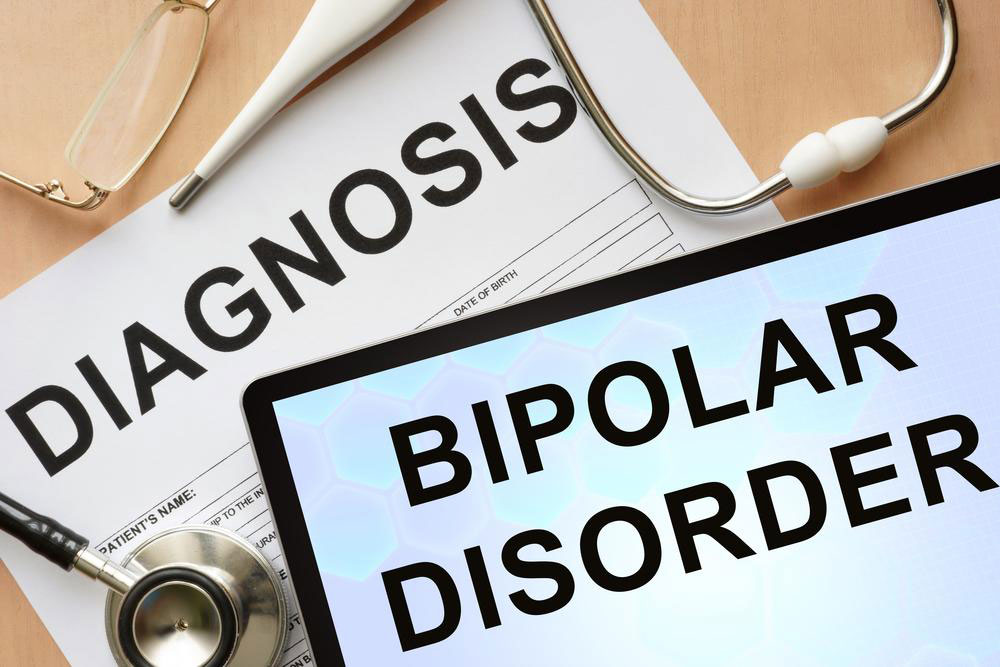Comprehensive Guide to Differentiating Panic Attacks and Anxiety Episodes
This comprehensive guide explores the key differences between panic attacks and anxiety episodes, highlighting their triggers, symptoms, and management strategies. Enhancing understanding helps improve treatment outcomes and mental well-being.

Understanding the nuanced differences between panic attacks and anxiety episodes is crucial for individuals experiencing these conditions. Many people tend to use these terms interchangeably, which can lead to misunderstandings about their symptoms and appropriate treatments. While both disorders involve heightened feelings of fear and discomfort, they are distinct in their triggers, duration, physical and mental manifestations, and overall impact on daily life. Recognizing these differences enables better management, reduces stigma, and encourages timely seeking of professional help.
To begin with, panic attacks are characterized by a sudden onset of intense fear or discomfort that peaks within minutes. These episodes are often unpredictable, occurring without warning, and can significantly incapacitate an individual at the moment. Common physical symptoms include rapid heartbeat, sweating, trembling, chest pain, shortness of breath, dizziness, nausea, and a feeling of losing control or even losing consciousness. Some individuals describe these attacks as an overwhelming wave of terror that may feel as if they are dying or having a heart attack. Due to their abrupt and intense nature, panic attacks can be extremely frightening and distressing. They generally last less than 30 minutes but can be incredibly disruptive during that period.
On the other hand, anxiety episodes develop gradually over time as a response to ongoing worry, stress, or perceived threats. Unlike panic attacks, they tend to be recurrent and persist for longer periods, sometimes days or even weeks. Anxiety is often associated with a persistent sense of dread, apprehension, or fear about future events, work pressures, health concerns, or personal relationships. Its mental symptoms include difficulty concentrating, irritability, restlessness, fatigue, and sleep disturbances, which can significantly impair daily functioning. Physical symptoms such as muscle tension, headaches, stomach upset, and fatigue are also common, but they usually lack the abrupt physical surge characteristic of panic attacks.
Significantly, the triggers for these conditions differ. Panic attacks often occur unexpectedly, triggered by specific stimuli like frightening sights, fears, or stressors, but sometimes they seem to strike without any clear trigger at all. Anxiety, however, tends to build up gradually due to chronic worry or anticipation of future problems. Recognizing these patterns can help individuals distinguish between the two and choose appropriate coping strategies or seek professional intervention.
Let’s explore specific examples to clarify these differences. Suppose you feel an uneasy sensation while driving alone at night as you worry about potential danger—that’s typical of anxiety. It develops over time, fueled by ongoing concerns about safety, sleep issues, or personal circumstances. Conversely, if you suddenly experience a pounding heart, chest tightness, dizziness, and an overwhelming sense of dread immediately after encountering a stray dog, that’s a panic response—an acute episode of terror that demands immediate action, like escaping from the situation.
Physical symptoms_manifestations are instrumental in identifying these conditions. Panic attacks often involve a surge of physical symptoms, including sweating, rapid heartbeat, chest pain, chills, numbness, tingling, and hyperventilation. These symptoms can intensify rapidly and create a feeling of impending doom. Anxiety, in contrast, manifests through persistent muscle tension, restlessness, fatigue, and mental preoccupations that don’t necessarily peak suddenly but persist over extended periods. The mental toll of chronic anxiety can lead to exhaustion, difficulty focusing, and irritability—symptoms that differ significantly from the acute crisis of panic attacks.
Effective management of both conditions involves a combination of techniques, including breathing exercises, relaxation methods, lifestyle adjustments, and professional therapies like cognitive-behavioral therapy (CBT). Breathing exercises such as diaphragmatic breathing can help calm hyperventilation during panic attacks, while mindfulness and relaxation techniques help reduce overall anxiety levels. In addition, understanding personal triggers and adopting stress reduction practices can prevent recurrence or reduce severity.
Seeking professional help is vital for individuals who experience recurrent panic attacks or chronic anxiety. Medical professionals may recommend medications such as antidepressants, anti-anxiety drugs, or beta-blockers as part of a comprehensive treatment plan. Psychotherapy, particularly CBT, is highly effective in teaching individuals coping skills, challenging negative thought patterns, and managing symptoms more proactively. Support groups and counseling can also provide additional assistance, creating a network of understanding and encouragement to aid recovery.
In conclusion, differentiating between panic attacks and anxiety episodes is essential for effective treatment and improving quality of life. Recognizing the distinct triggers, symptomatology, and physical manifestations can empower individuals to seek appropriate care and employ effective coping strategies. Whether through self-help techniques or professional intervention, understanding these conditions allows for a more controlled approach to mental health, reducing suffering and fostering resilience in the face of distressing episodes.





